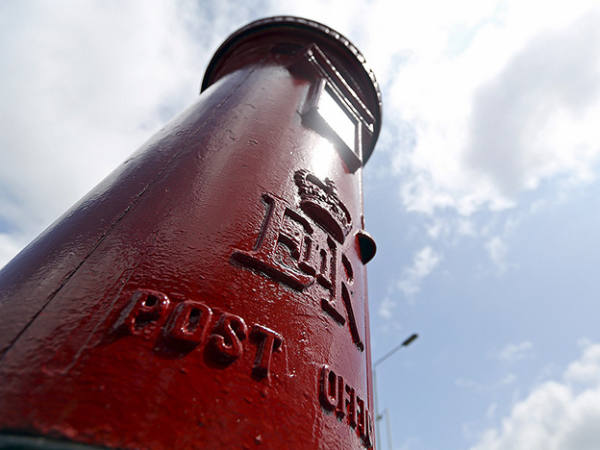Is the US heading for higher inflation? Bond markets think so: the five-year breakeven inflation rate (the gap between conventional and inflation-proofed bond yields) has risen to a 10-year high, albeit of only 2.3 percentage points. And some of the grandees of the economics profession agree. Former Treasury Secretary Larry Summers has warned that President Biden’s plan for a $1.9 trillion fiscal stimulus could cause “inflationary pressures of a kind we have not seen in a generation”, a warning echoed by Olivier Blanchard of the Peterson Institute for International Economics.
The logic behind such concerns is straightforward. They believe that inflation rises when GDP rises above its potential level – that is, when the output gap turns negative – and the Biden stimulus (which is equivalent to almost nine per cent of GDP) will cause just this.
But there are plenty of uncertainties here.
One concerns the size of the output gap. The headline unemployment rate, at 6.3 per cent, is well above its 25-year average. And a measure of unemployment which adds in those outside the labour force who want a job is over 11 per cent. This points to plenty of spare capacity.
A second is whether the idea of an output gap even makes sense. A study of a steel mill by Igal Hendel and Yossi Spiegel found that it doubled production over 12 years even with the same plant and workforce because every time the mill seemed to be at “full capacity” its managers found ways of tweaking production methods to eke out more output. If capacity constraints aren’t binding in such an old economy industry, they are even less likely to be so in tech industries where production is so much easier to increase.
A third uncertainty is: even if inflation does rise after the output gap is closed, how quickly will it do so? Not much, says the Nobel laureate Paul Krugman: “even a very hot economy only leads to modest inflationary overheating.” Recent history suggests as much. Since the mid-1990s inflation has been stable, with the core rate varying between 0.7 and 2.7 per cent despite some huge swings in economic activity.
And even if inflation does rise, so what? From an economist’s point of view, a small rise in inflation is a feature not a bug: the Fed is targeting an inflation rate of over 2 per cent. And a rise above this is a problem with an easy solution: higher interest rates.
Therein, however, lies the danger for investors. Even a modest rise in rates could be bad for well-diversified portfolios. Equities could suffer as the “reach for yield” (whereby low rates have pushed investors into riskier assets) goes into reverse. Bond yields would rise as investors expect higher future rates – a process that has already begun. And even gold could suffer as higher interest rates on cash reduce the attractiveness of zero-yielding assets; gold, remember, is not always a great hedge against short-term moves in inflation.
Such broad-based losses would be very unusual: in recent years diversified portfolios have done well. They would therefore come as a shock.
And this is why investors should worry about inflation. The problem isn’t that it will rise far or quickly or even that it is likely to do so. It is rather that even a modest rise could have a nasty impact.









